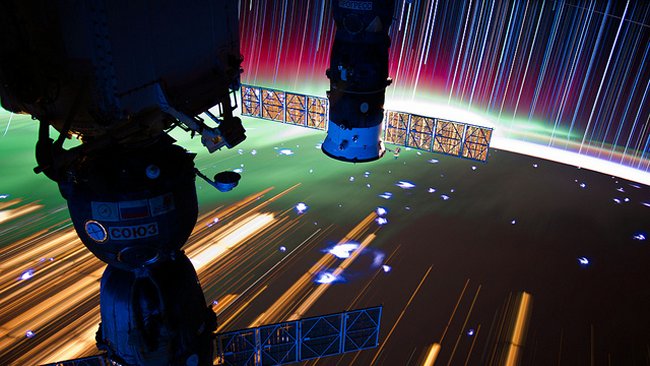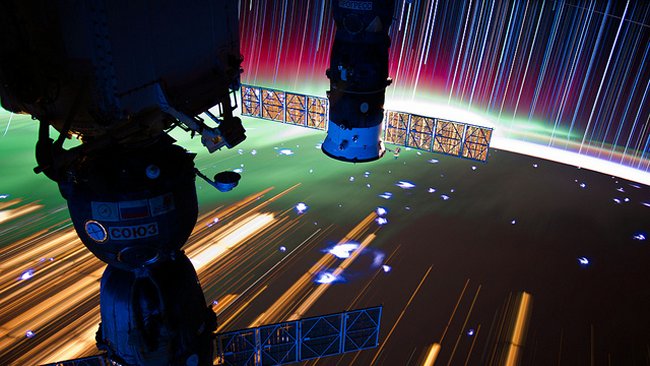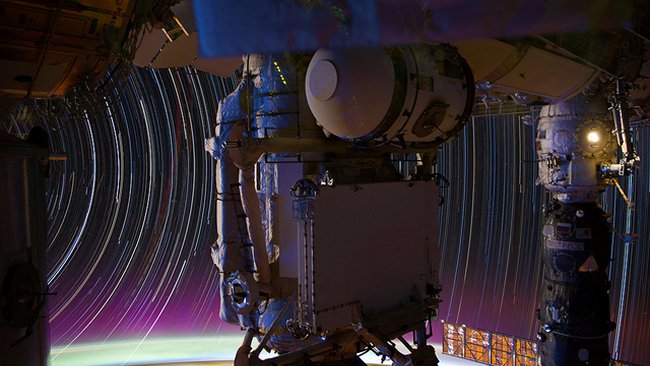
 The best camera is the one you have with you, but location helps sometimes too
The best camera is the one you have with you, but location helps sometimes too
Alongside 4K videos composites of time-lapse Earth shots and Ultra HD footage of experiments with bubbles in Zero-G, the ISS crew has also been playing around with long-exposure photography, to stunning effect.
Only now garnering online attention, the collection of photos were taken by Expedition 31 flight engineer Don Pettit and originally posted by NASA back in 2012. A two-time visitor to the International Space Station and the first astronaut to successfully enter a commercially-built craft docked with the ISS, Pettit first came to prominence over a decade ago via his ‘Saturday Morning Science’ experiments aboard the station, gaining further fame on his second mission through videos utilising Rovio’s Angry Birds to help explain low-gravity physics.
One of the most prolific astronaut photographers, Pettit was also responsible for building a Haig tracking mount aboard the ISS (from spare parts), to facilitate the capture of sharper high-res images of the Earth from the station.

For his star trails project, Pettit’s aim was to ape the long-exposure photography techniques of old, albeit with ultra-high resolution digital equipment. This presented a key technical challenge: “With modern digital cameras, 30 seconds is about the longest exposure possible, due to electronic detector noise effectively snowing out the image,” says Pettit. “To achieve the longer exposures I do what many amateur astronomers do. I take multiple 30-second exposures, then ‘stack’ them using imaging software, thus producing the longer exposure.”
36 of Pettit’s beautiful long-exposure images, shot at a resolution of 4256 x 2832 pixels, can be viewed and downloaded via NASA’s own flickr account.
And for more about Pettit’s space photography, check out this video on YouTube.
Tags: Technology


Comments